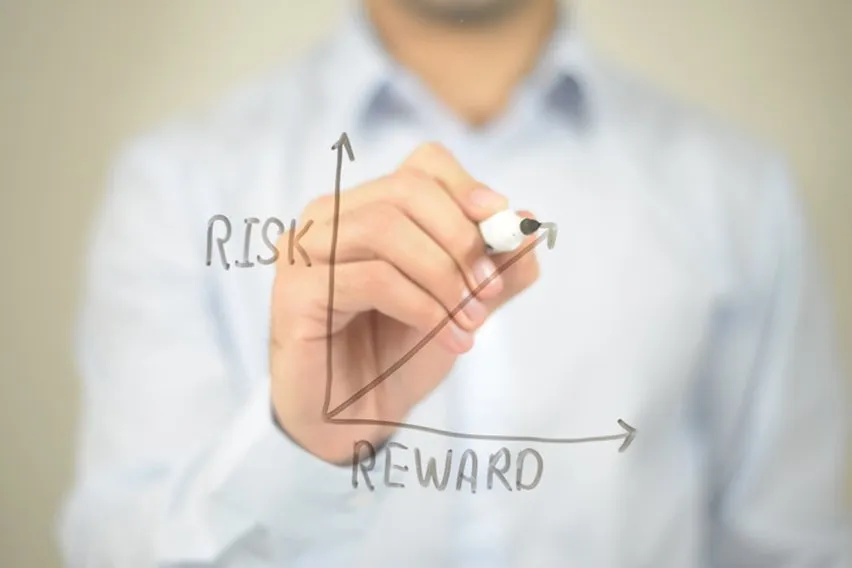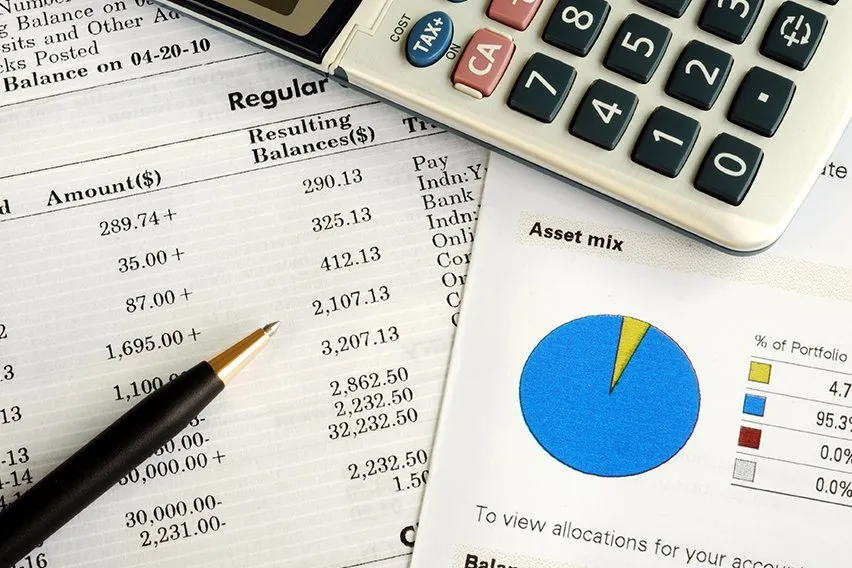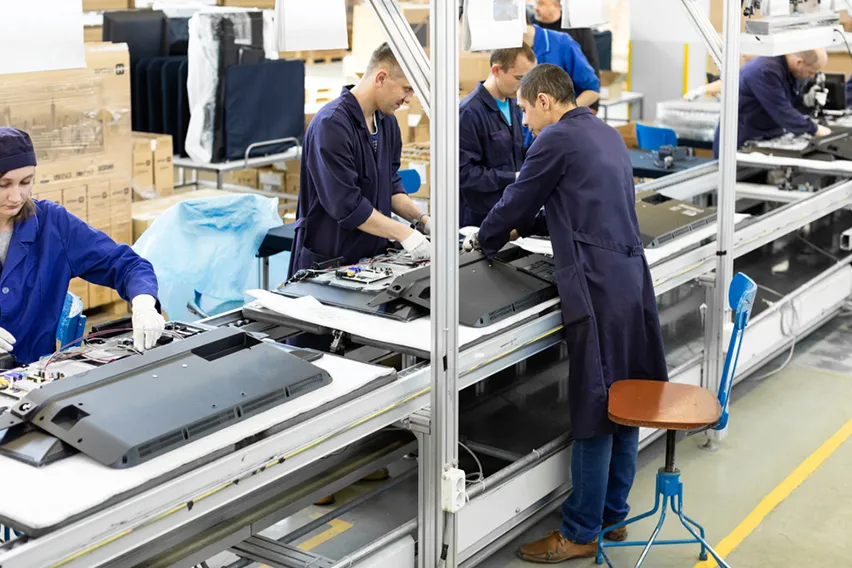What Are High-Risk Businesses & Products?

It doesn’t matter the type of business you operate, the products you sell, or the industry you are in. There are always going to be risks associated with operating a business. But, some businesses and products are considered to be high-risk.
Usually, a business can get labeled as high-risk if they meet two criteria: The first is that they operate within a high-risk industry. The second is that they show a significant financial risk with potential failure.
High-risk merchants could meet both conditions or just one. But they get used to addressing health and safety concerns and the profitability of your business.
Let’s look deeper into what makes some products and a potential business high-risk.
Key Takeaways
- A high-risk merchant is a business that investors might see as financially unstable
- There are 5 main types of risk: financial, reputational, legal, compliance, and operational
- Being in a high-risk industry can increase the likelihood of being labeled a high-risk business
- Selling high-risk products can also be an influencing factor
- Avoiding a high-risk business label is important for reassuring investors and securing financing
Here’s What We’ll Cover:
- What Are High-Risk Businesses?
- How Does a Business Become High Risk: Factors to Consider
- List of High-Risk Industries
- What are High-Risk Products and Services
- Conclusion
- Frequently Asked Questions
What Are High-Risk Businesses?
One of the first things investors look for in a business is its ability to generate revenue and profitability. When they look into these details, they want to see that the business will stay profitable without financial problems.
High-risk business providers basically have a much higher possibility of financial failure. And since investors want the best return on their investment, they might avoid investing in high-risk businesses.

Trying to determine a business’s risk level takes into account multiple factors. Think about this example:
A low-risk business might average less than $20,000 monthly in sales volume and less than $500 monthly in credit card transactions. They only accept one currency, don’t offer recurring payment options, and are not in a high-risk country. The business focuses on selling things like books, clothing, and office supplies.
A high-risk business might average over $20,000 monthly in sales volume and over $500 monthly in credit card transactions. They accept multiple different currencies and also offer recurring payment options. The business also has excessive chargeback rates and is in a high-risk region. They sell things like digital technologies and other software.
Financial institutions might look into both of those companies and make the determination that one is more high-risk compared to the other. They would come to this conclusion based on the details of how the business operates.
How Does a Business Become High Risk: Factors to Consider
Many factors may lead credit card processors to label a business as high-risk. While this doesn’t mean you as a business owner won’t be successful, it does tend to make investors warier. Consider a few factors that can influence risk:
1. Financial risk
Financial risk covers a broad spectrum of concerns—for example, if your business sells a high monthly volume or has high-dollar sales, both increase the risk of excessive chargebacks. This doesn’t mean that your business is financially unstable, but it may be seen as a high-risk business by investors.
2. Reputational risk
Industries that sell products that might be considered questionable by the public can pose a higher risk to investors’ reputations. This may include things like drug-associated merchandise or adult entertainment.
3. Legal risk
Investors don’t want to be caught in expensive legal battles. Companies with a track record of legal disputes or those involved in industries with a high volume of legal cases may be considered higher risk.
4. Compliance risk
If your industry is subject to high legal compliance, this may be considered a risk to investors. This can include industries like nutraceuticals and tobacco, which both have harsh penalties for compliance issues.
5. Operational risk
If you work in an industry with a higher potential for workplace accidents or other everyday operational concerns, this may be less appealing to investors than safer, more stable options.
List of High-Risk Industries
Many industries are inherently high-risk. The following are a few of the most common industries frequently considered by investors to pose a higher risk:
- Financial services and payments
- Because credit companies and other financial services often cater to a more vulnerable clientele, these companies pose a higher risk as it is uncertain if or when customers will be able to pay
- Adult entertainment and online gaming
- These industries may pose a reputational risk and are vulnerable to fluctuations in trends and regulation
- Pharmaceuticals and Healthcare
- Healthcare and pharmaceuticals both require a high level of compliance, which can pose a risk to investors
- Cryptocurrency and blockchain
- Cryptocurrencies are notoriously unstable and may pose a high financial risk
- Arms dealers and military contractors
- Arms industries are considered risky due to their questionable reputation as well as their close ties to fluctuating global events
- Environmental and waste management
- Emerging technologies, like many environmental products and services, may take time to see a return on investment, so some investors might consider environmental businesses to be high-risk
What Are High-Risk Products and Services?
A product might be considered high-risk depending on the industry in which it gets sold. To figure out if an industry is high-risk, several factors get considered. A high-risk category could be instances of fraud, total returns, or debit card chargebacks.
Total sales volume is also used to help classify certain business types. Some of the most common products with risk factors include:
- Casinos and online gaming
- Pharmaceuticals and drug providers
- Telemarketing sales
- Adult entertainment and dating services
- Airlines, ticketing agents, and travel agencies
- Subscription services like magazines
- Cryptocurrency
- Computer hardware and software
- E-cigarettes, tobacco, and cannabis
One thing to remember is that the products and services that you offer are the most important factors in determining your risk category. Even if you operate in a low-risk industry, you might get flagged as high-risk depending on your products and services.
Conclusion
Understanding how and why a business might get labeled high-risk is important for securing and reassuring investors. Businesses that avoid the high-risk label may find it easier to gain loans and investments, while high-risk businesses might face fewer investors and higher interest rates.
The industry you’re in, the products or services you offer, and your business’s operations and sales volume can all impact the high-risk label. Ideally, avoiding high-risk industries and products is the easiest way to keep your business low-risk. Even if you’re in a higher-risk industry, maintaining a good credit history and good practices like strong customer service, legal transparency, and high legal compliance can all lower your risk.
Tracking your finances is an easy way to help assess risk. FreshBooks’ accounting software makes it easy to manage your own books, so you can regularly review your expenses and sales to avoid high business risk. Sign up for your free trial to discover how FreshBooks’ accounting can support your small business today.

FAQs on High-Risk Business
What businesses do banks consider to be high-risk?
There are many businesses that banks might consider high-risk, including adult entertainment, financial services, online gaming, gambling, and cryptocurrency. Travel industries and pharmaceuticals may also be considered high-risk businesses.
What are the 3 main types of business risk?
The 3 main types of business risk are compliance risk, operational risk, and reputational risk. Financial risk and legal risk are also risk factors.
What are the riskiest small businesses to open?
The riskiest small businesses to open are those that operate in high-risk industries or sell high-risk products and services. This can include adult entertainment, financial services, and arms dealing.
Who are considered high-risk clients?
High-risk business clients are people who might cause a compliance issue, people who might pose a security risk to your company, those with bad personal credit, or clients who may cause you a financial risk by not paying.
How can small businesses avoid becoming high-risk?
The easiest way to avoid becoming a high-risk business is to avoid risky industries, products, and clients. You can also maintain a low-risk status by delivering good customer service, avoiding debt and legal battles, and inputting strategies to minimize chargebacks.
Reviewed by
Michelle Alexander is a CPA and implementation consultant for Artificial Intelligence-powered financial risk discovery technology. She has a Master's of Professional Accounting from the University of Saskatchewan, and has worked in external audit compliance and various finance roles for Government and Big 4. In her spare time you’ll find her traveling the world, shopping for antique jewelry, and painting watercolour floral arrangements.
RELATED ARTICLES


 How to Start an Investment Portfolio? Beginner’s Guide
How to Start an Investment Portfolio? Beginner’s Guide What Is an Assembly Line: Definition & Examples
What Is an Assembly Line: Definition & Examples Alternative Fee Arrangements: Types & Examples
Alternative Fee Arrangements: Types & Examples How to Build a Client Base: 5 Ways to Grow
How to Build a Client Base: 5 Ways to Grow What Makes a Great Manager: 7 Must-Have Qualities
What Makes a Great Manager: 7 Must-Have Qualities 7 Workplace Distractions & How to Avoid Them
7 Workplace Distractions & How to Avoid Them